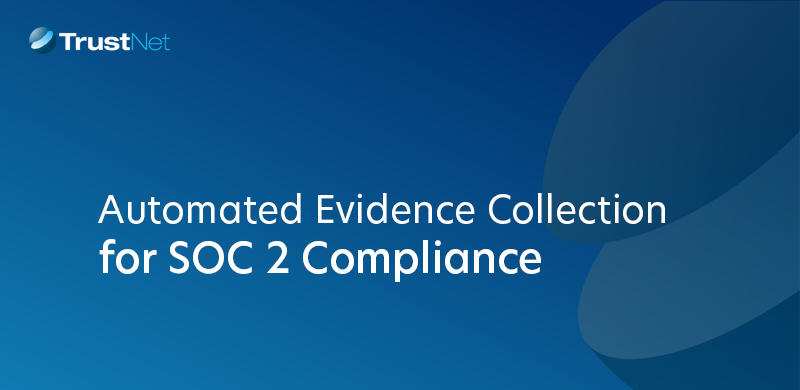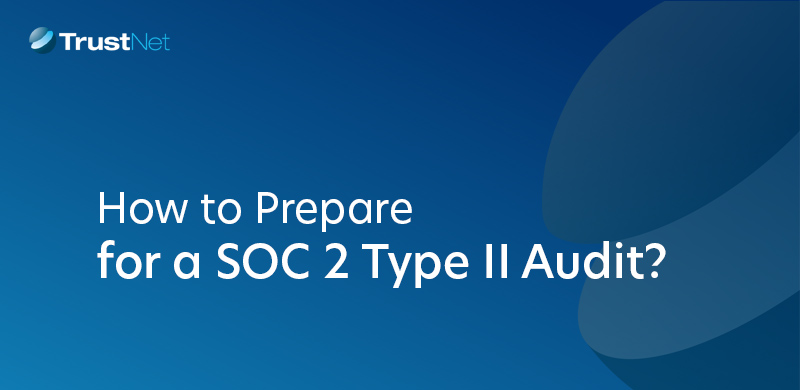What Is a Third-Party Data Breach?
In short, a third party breach occurs when a secondary vendor for a product has sensitive data stolen from them. In previous decades, the most common form of the breach was a primary breach, when attacks were on their direct targets.
As webmasters have wised up to these threats over the years, attackers have instead begun to go after third-party services with whom they contract to extract sensitive databases.
Unfortunately, these data breaches can lead to a lack of trust from your visitors. After all, how would a layperson begin to understand that it was a contractor’s API that failed to perform authentication before authorizing sensitive data to be released, as a hypothetical?
The Top 3 Data Breaches of the 2010s
The 2020s has already gained some notoriety as a decade without having even the first year gone by! Though there are plenty of problems plaguing us now, the plethora of data breaches that hit us is in the 2010s has largely been mitigated. Here are three of the worst of them:
- Target. In 2013, the major supermarket chain Target accidentally leaked all the information necessary to utilize all credit and debit card accounts that had been used within the past year at Target’s stores. This occurred from a third-party breach of an A/C contractor!
- Equifax. This consumer security company was nearly ruined in 2017. Equifax never stated that this was a third party breach, so the cause was probably internal. However, the names, dates of birth, social security numbers, birthdates, addresses, and even passports of 143 million members were stolen by hackers overnight.
- Adobe. Adobe’s leak will probably fall into the Hall of Shame. The IDs, plaintext passwords, and some other random account data were stolen from 152,000,000 accounts, making this one of the largest cyberattacks.
What Should I Do if I Experience a Data Breach?
If you experience a breach, whether it’s a third-party data breach, it happened through a third-party breach of contract, or it was simply internal, you should first locate the source and cut it off before proceeding. More possible than not this will involve bringing in outside firms.
You should next immediately inform the affected users of the breach. Of course, this may not help them become repeat clientele. However, they must have a heads up to change passwords. They should hear it from you rather than see the generic message stating that their “password has been compromised in a third-party data breach“.
Next, ensure that you’re operating within all levels of data breach laws. These change all the time, so hiring a legal consultant will pay off.
Finally, your team working on the product should have a meeting. You should discuss how it happened and how it can be prevented later, but you should not let it set your company back.
How Dangerous Is a Third Party Breach in 2020?
Unfortunately, the third-party breach is one of the most dangerous ones because of how random its timing may seem. Attackers usually sit on third party products and wait for a known vulnerability to appear, then pounce on software and sites that use it.
Though it’s nearly impossible to run a web-based application without sharing some data, it’s never been more important to be selective about data processing partners.
Perhaps the largest risk is the fiscal one. In a recent survey, 53% of organizations had been involved in a data breach due to a third party. On average, each organization ended up paying $7,500,000 per incident to get back on track.
For larger corporations, this figure may seem like nothing. For a small business just getting off its feet, this amount of money could easily cause an infinite cascade of problems.
How Can I Prevent Data Breaches?
You will need to consult with a company that specializes in both compliance with standards and laws regarding cybersecurity as well as cybersecurity itself. TrustNet’s Managed Security Service right off the bat.
These services simply allow experts to keep a watch on your site’s security and advise you on any potential threats, significantly lessening the likelihood of one of these devastating attacks.
If you want to prevent breaches but would rather do so in-house, such a company can still be useful. For example, a service like penetration testing will inform you about weaknesses in your application. Various types of risk assessments can be performed and interpreted so you’ll understand what to focus on moving forward with development.
Finally, regardless of what industry in which your business thrives is, chances are that there are sets of compulsory standards and voluntary standards. Ideally, your company will follow both.
A full-scale audit performed by TrustNet can show you where you match these standards and where you need to beef up security to hit them. Also known as “hardening”, this might make the difference between a cyberattack and a minor annoyance later!





